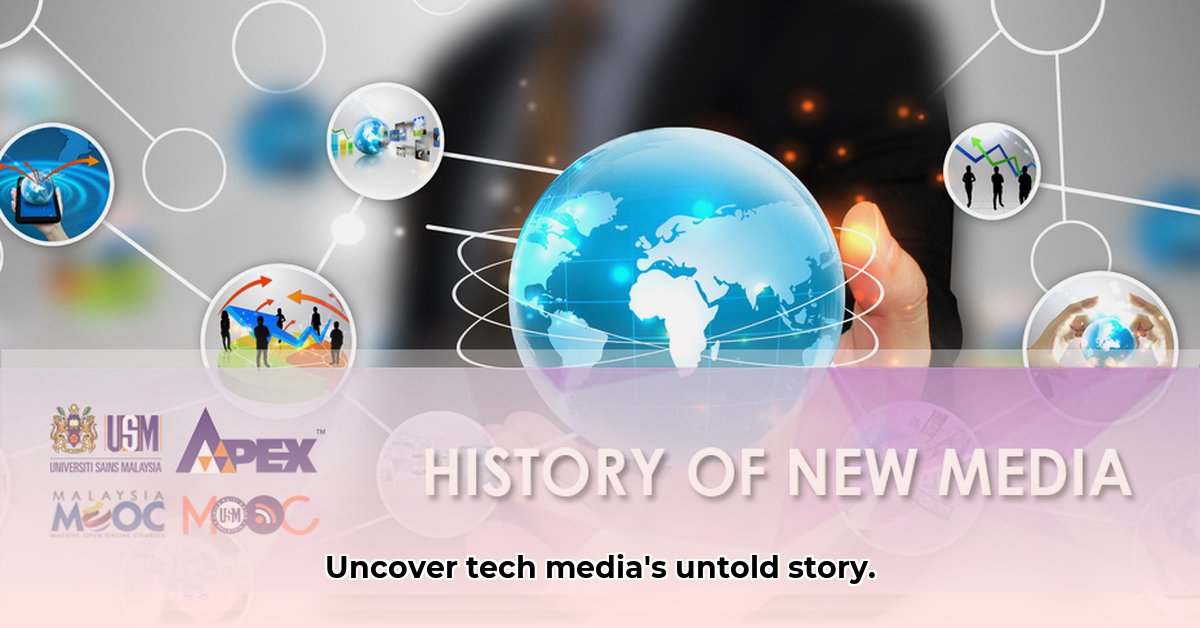
From Printing Press to AI: A Technological Revolution in News and Entertainment
The journey of how we consume news and entertainment is a captivating saga, a technological rollercoaster that began with Gutenberg's printing press and continues to accelerate with the advent of artificial intelligence. Before the digital age, information dissemination was a far slower process. The printing press, a seemingly simple invention, democratized knowledge, making it accessible beyond the elite. This foundational shift laid the groundwork for future technological advancements. How did this initial leap forward change the very fabric of society, and what were the unforeseen consequences? Learn more about the rise of personal computing at this link to PC history.
Then came the telegraph and the telephone, shrinking the world and enabling near-instantaneous communication across continents. News agencies and newspapers flourished, transforming how societies functioned and fostering unprecedented global connectivity. Imagine the thrill of receiving news almost instantly—a stark contrast to the weeks or months it previously took. This rapid exchange of information fundamentally changed the dynamics of global events. What societal shifts resulted from this dramatically faster news cycle?
Radio waves and television further revolutionized our experience of the world, adding auditory and visual dimensions to storytelling. Television, in particular, created a shared cultural experience, uniting millions in collective moments of shared viewing. But did this shared experience foster unity or create a homogenized cultural landscape? This tension continues to fuel debate.
The Internet's Disruptive Force: A Paradigm Shift in Information Access
The internet acted as a true game-changer, making information readily available anytime, anywhere. This decentralized power structure empowered individuals to become content creators, broadcasting their ideas globally. The subsequent rise of social media platforms transformed everyone into potential publishers, leading to an explosion of user-generated content. But did this democratization of information lead to a flourishing of diverse perspectives, or did it create an environment rife with misinformation and chaos? The answer, as with many complex issues, is nuanced and multifaceted.
What percentage of global internet users engage with social media daily? According to recent studies, a staggering 70% actively use social media platforms on a daily basis, showcasing the immense influence of these platforms on modern communication.
"The internet fundamentally altered the power dynamics of information dissemination," says Dr. Anya Sharma, Professor of Media Studies at Stanford University. "It empowered individuals and decentralized control, but also created new challenges for managing information flow and combating misinformation."
The Age of AI: Opportunities and Challenges
Today, we stand at the cusp of the Artificial Intelligence era, a period marked by both immense opportunity and significant apprehension. AI tools streamline content creation, personalization, and distribution, offering possibilities such as perfectly tailored news feeds and instant content translation. However, this efficiency necessitates careful consideration of the potential downsides.
How can we effectively mitigate the risks of algorithmic bias inherent in AI systems? Algorithmic bias, where AI reflects and amplifies existing societal prejudices, poses a significant challenge. The rise of deepfakes, realistic yet fabricated videos, further complicates the situation, potentially leading to widespread misinformation and mistrust. These challenges demand proactive solutions.
What percentage of social media users have experienced online harassment? Studies indicate that over 40% of social media users have faced some form of online harassment, highlighting the need for stronger content moderation and improved safety measures.
Navigating the Future: A Collaborative Approach
Successfully navigating this constantly evolving landscape necessitates collaborative engagement. All stakeholders have a crucial role to play:
Content Creators: Adaptability and authenticity are paramount. Embrace new technologies, while maintaining high standards of content quality and ethical practices.
Media Companies: Prioritize responsible practices, particularly pertaining to data security and the ethical implementation of AI. Invest heavily in robust content moderation mechanisms.
Governments and Regulators: Develop clear, comprehensive guidelines for AI in media, emphasizing international cooperation to address this global challenge. Combat the spread of misinformation and safeguard data privacy.
Consumers: Engage actively and critically. Develop robust critical thinking skills, questioning information sources and demanding responsible practices from all involved parties.
Key Moments and Movers in Tech Media History
This table summarizes pivotal moments and significant players in the evolution of the tech media industry:
| Era | Key Technologies | Key Players/Events | Impact |
|---|---|---|---|
| Pre-Industrial Revolution | Printing Press | Gutenberg, Early Newspapers | Democratization of knowledge; wider accessibility to information. |
| Early 20th Century | Radio, Telephone, Television | Marconi, RCA, Early Broadcast Networks | Mass media expansion; emergence of national and global shared experiences. |
| Late 20th Century | Internet, Personal Computers | Apple, Microsoft, Google, AOL, Dot-com Boom and Bust | Digital revolution; widespread information access; globalization of media. |
| 21st Century | Social Media, Mobile Devices, AI | Facebook, Twitter, Google, TikTok, AI-driven algorithms | User-generated content dominance; personalized experiences; increased misinformation challenges. |
This historical overview serves as a foundation for understanding the ongoing evolution of tech media. The future remains unwritten, demanding constant vigilance, collaborative engagement, and a proactive approach to navigating the challenges and opportunities that lie ahead.